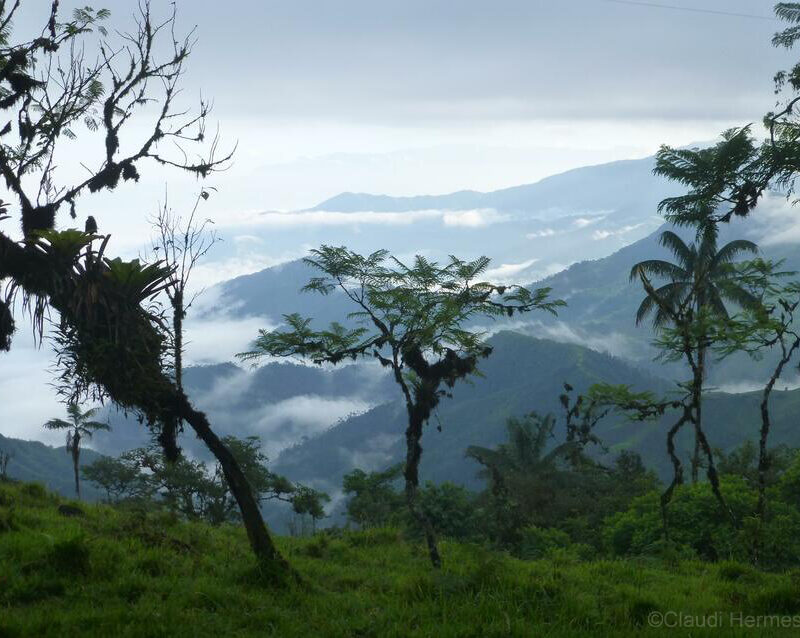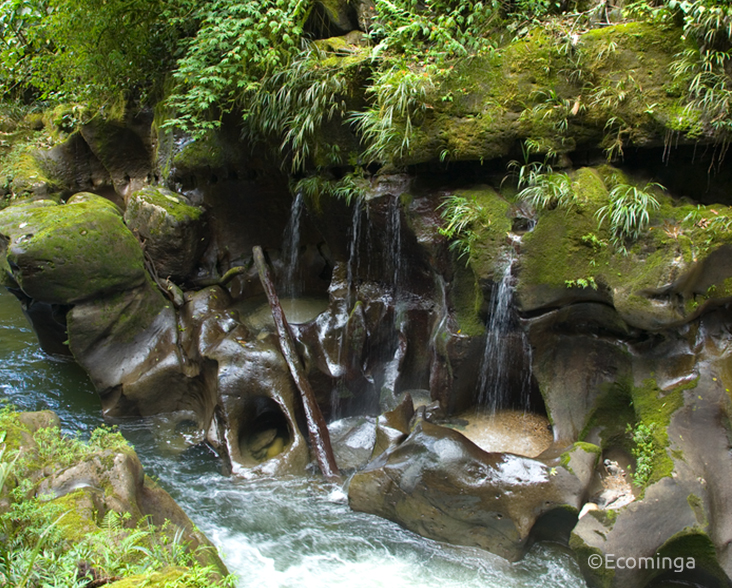Straddling the equator in north-western South America, the relatively small country of Ecuador, not much larger than the UK, is one of the continent’s most biodiverse and one of the 17 megadiverse countries in the world.
Divided into four distinct bioregions, Ecuador has a diverse range of ecosystems. The mountainous Andean region of Páramo grasslands and broadleaf montane forests bisects the country from north to south, reaching an elevation of 6,263 m at Mount Chimborazo. East of the Andes are the moist forests of the Amazon basin, while to the west lie the coastal region’s dry forests, flooded grasslands, mangroves, and moist forests of the endemic-rich Ecuadorian Chocó. Ecuador is also home to the Galápagos Islands—the country’s fourth bioregion—lying 965 km (600 miles) off the Pacific coast.




